By: Elli Batchelor
As an avid listener of darkwave and goth rock, I immediately knew upon hearing the prompt I wanted to explore Gothicism in music. Siouxsie and the Banshees, the British post-punk band formed in 1976 by Siouxsie Sioux, largely influenced the Gothic subculture and is considered one of the founders of the genre, alongside others like The Cure and Bauhaus. While goth music has expanded and developed since Siouxsie and the Banshees’ reign, and their own music is more accurately categorized into other genres, their earlier work’s dark overtones pushed boundaries and set the scene for future artists. 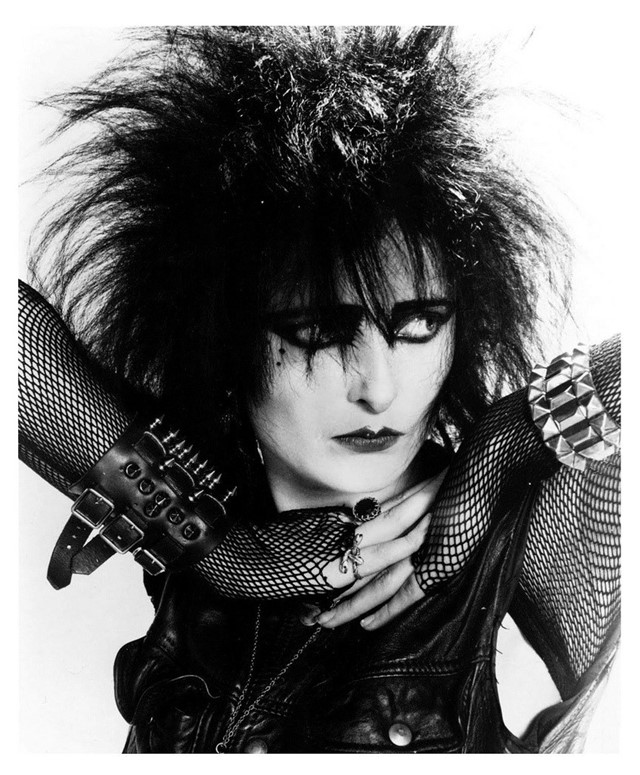
“Happy House”, from their 1980 album Kaleidoscope, is not one of those overly dark and mysterious songs that cemented their public association with the gothic. I mean, the song has “happy” in the title, how could it possibly be gothic? While it might not be the most gruesome and depressing song to exist, there are plenty of Gothic elements to be found in both its lyrics and its sound. Siouxsie has a very distinct, unique voice and this song layers her vocals, as well as echoes, to create an eerie auditory atmosphere. Her voice, combined with the loud and haunting instrumentation, creates lots of texture for a relatively simple song. Even if you are unfamiliar with the original, the guitar riff has been sampled repeatedly by popular artists, including Mindless Self Indulgence and The Weeknd. The hypnotic instrumental is arguably more iconic than the song as a whole.
If the riff establishes the atmosphere, then the lyrics bring it full circle to a Gothic work. “Happy House” is riddled with irony and sarcasm. The frequently repeated refrain goes:
This is the happy house
We’re happy here in the happy house
The egregious overuse of the word “happy”, along with the disconcerting manner in which it is sung, implies the opposite of what is being said. There are many variations of this one basic line and each one gets a little darker, and perhaps more obviously sardonic. Another variation in the first verse goes:
We’ve come to scream in the happy house
We’re in a dream in the happy house
We’re all quite sane-ane-ane, whoa-oh
The not-so-happy house in question can be interpreted as an asylum, which fits in with the Gothic’s fascination with psychology and mental illness. The people in the house are also exclusive and isolated, as indicated by the emphasis on the “we versus them” mentality. Another popular interpretation, supported by a 1982 Elektron interview with Siouxsie Sioux, is that it is a cynical critique of society and how we present ourselves. She says, “It is sarcastic. In a way, like television, all the media, it is like adverts, the perfect family whereas it is more common that husbands beat their wives. There are mental families really but the projection is everyone smiling, blond hair, sunshine, eating butter without being fat, and everyone perfect.” Other lyrics that more explicitly support this interpretation are:
We’re happy here in the happy house
To forget ourselves and pretend all’s well
There is no hell, oh-oh
This exploration of disillusionment and man’s moral imperfection truly makes “Happy House” a Gothic text. The song’s lyrics are a commentary on society’s hypocrisy and falseness, which are themes heavily associated with the Gothic. It addresses the human nature to hide the darkest parts of ourselves, just without mentioning death, gore, or supernatural elements.
The very idea of a house representing a larger social phenomenon, and a place for darkness to hide inside, is thematically Gothic in itself. Listening closely to this song instantly reminds me of all of the houses we have looked at in class. I could easily draw comparisons to every house we have discussed but one very obvious connection is Shirley Jackson’s We Have Always Lived in the Castle. The novel’s title alone could work as a line in this song, if perhaps it was called “Happy Castle” instead. Jackson’s Gothic house is practically sentient and provides a haven for the Blackwoods, as they isolate themselves from greater society. I could imagine this as a theme song for Merricat, although with less sarcasm given her peculiar perspective. She protects both the house and her sister, wanting to keep all of them away from the world. She truly believes the Blackwood residence is the happy house and they are all happy there, even as her routine and structure (and eventually even the house) crumble all around her. The house, in both texts, is a place to hide parts of yourself, whether it’s the act of poisoning your family or the example of domestic abuse Sioux gives.
That being said, the last two lines of the song bring a slightly creepier edge to the previous social commentary. In a soft tone, Sioux ends the song with:
I’m looking through your window, ooh-ooh
I’m looking through your window, hmm, hmm
While the happy house and its members seem to be super isolated throughout the song, the final lines see the singer venture outside of this metaphorical house and break the boundary with the listener. It serves as a warning that the listener is susceptible to the dangerous charm of the imaginary happy house. If the listener is being false and postering for others, the singer will see right through it- like the window of a house.


 .
. 
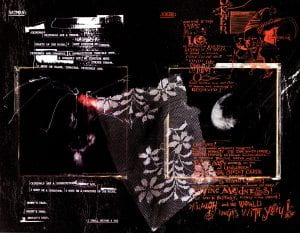

 ne. One instance of this could be when Amadeus Arkham ( the previous administrator) finds his wife and child brutalized and murdered by a former patient of his. While this is beyond horrifying and forces the reader to see this man in an empathetic light it also doesn’t glorify the violence. A key part of gothic media to me is the unknown, a lack of substantial answers, forcing the reader to put their own biases into the story. Much like in Young Goodman Brown, where the reader is left to decide if the occult village is real or not.
ne. One instance of this could be when Amadeus Arkham ( the previous administrator) finds his wife and child brutalized and murdered by a former patient of his. While this is beyond horrifying and forces the reader to see this man in an empathetic light it also doesn’t glorify the violence. A key part of gothic media to me is the unknown, a lack of substantial answers, forcing the reader to put their own biases into the story. Much like in Young Goodman Brown, where the reader is left to decide if the occult village is real or not.
 Playboi Carti was around drugs and violence throughout most of his life. This environment soon cultivated Carti into a young member of the gang, the Bloods, by the time he was in high school.
Playboi Carti was around drugs and violence throughout most of his life. This environment soon cultivated Carti into a young member of the gang, the Bloods, by the time he was in high school. 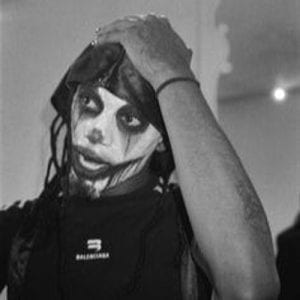
 The narrative album introduces the main character, Ethel, and how her family treasured Christian values. The song “Family Tree (Intro)” begins with a muffled sermon playing overtop suspenseful chords. The lyrics allude to a loss of connection to the faith she was raised in and, subsequently, her family. The artist describes this separation from her upbringing with violent language, which culminates in the last three lines, “Swinging by my neck from the family tree/He’ll laugh and say, “You know I/ raised you better than this”/ Then leave me hanging so they/ all can laugh at me.”
The narrative album introduces the main character, Ethel, and how her family treasured Christian values. The song “Family Tree (Intro)” begins with a muffled sermon playing overtop suspenseful chords. The lyrics allude to a loss of connection to the faith she was raised in and, subsequently, her family. The artist describes this separation from her upbringing with violent language, which culminates in the last three lines, “Swinging by my neck from the family tree/He’ll laugh and say, “You know I/ raised you better than this”/ Then leave me hanging so they/ all can laugh at me.” 






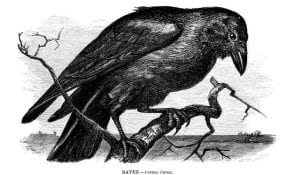

 by Olivia Howe
by Olivia Howe In his 2010 album Man on the Moon II: The Legend of Mr. Rager, Cudi chose to transcend his previous album’s club-like quality by exploring a more eerie (and almost supernatural) type of feeling in each song. It relies on dark and emotional lyrics that touch on themes of depression, isolation, and detachment – a rather gothic aesthetic. It is said to be the vehicle through which he chose to explore his past with addiction and alcoholism that led to conflicts within his familial and personal relationships.
In his 2010 album Man on the Moon II: The Legend of Mr. Rager, Cudi chose to transcend his previous album’s club-like quality by exploring a more eerie (and almost supernatural) type of feeling in each song. It relies on dark and emotional lyrics that touch on themes of depression, isolation, and detachment – a rather gothic aesthetic. It is said to be the vehicle through which he chose to explore his past with addiction and alcoholism that led to conflicts within his familial and personal relationships.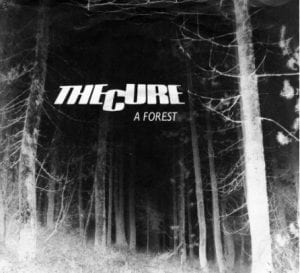 by Kayla Meyers
by Kayla Meyers
